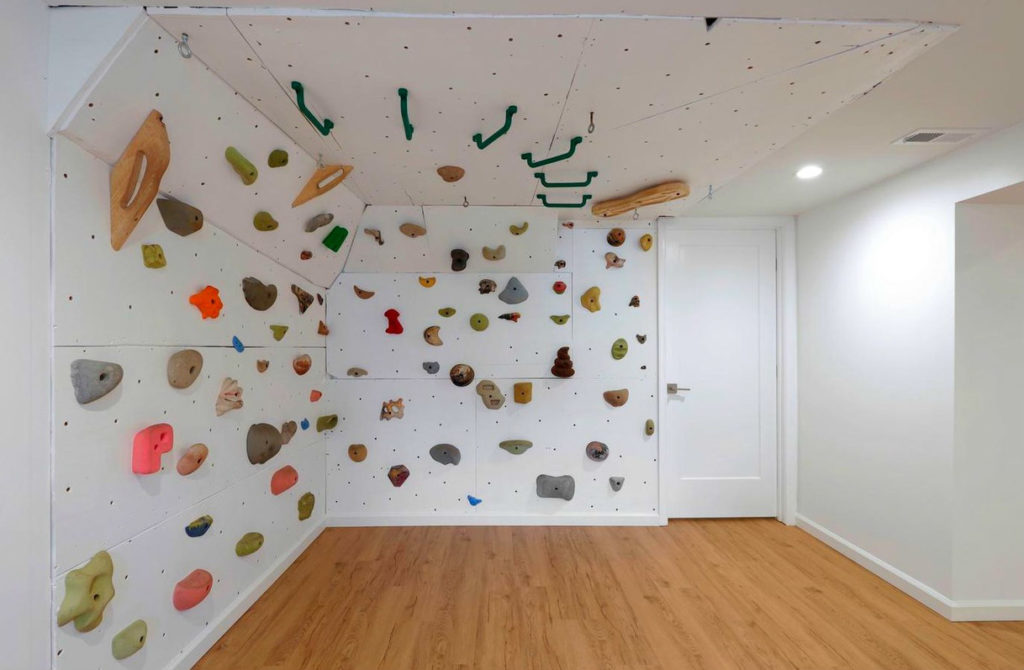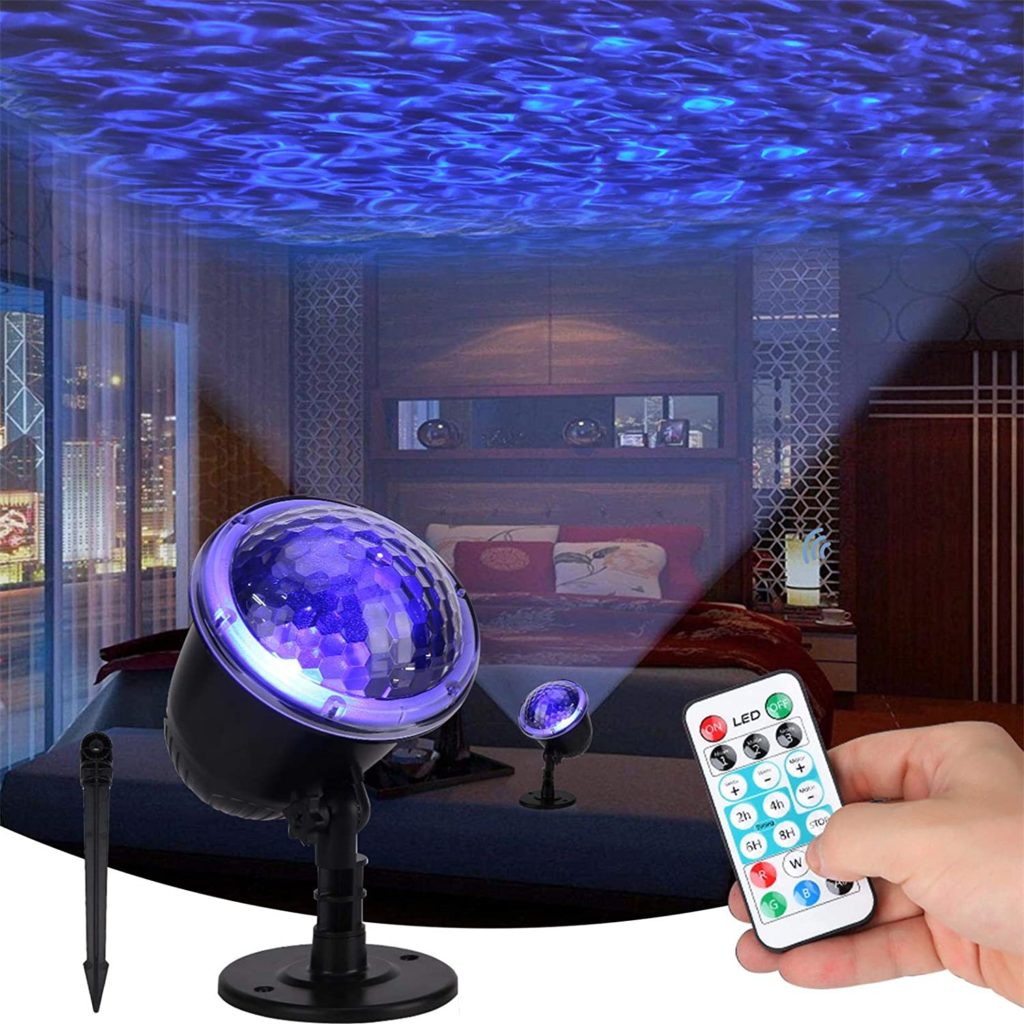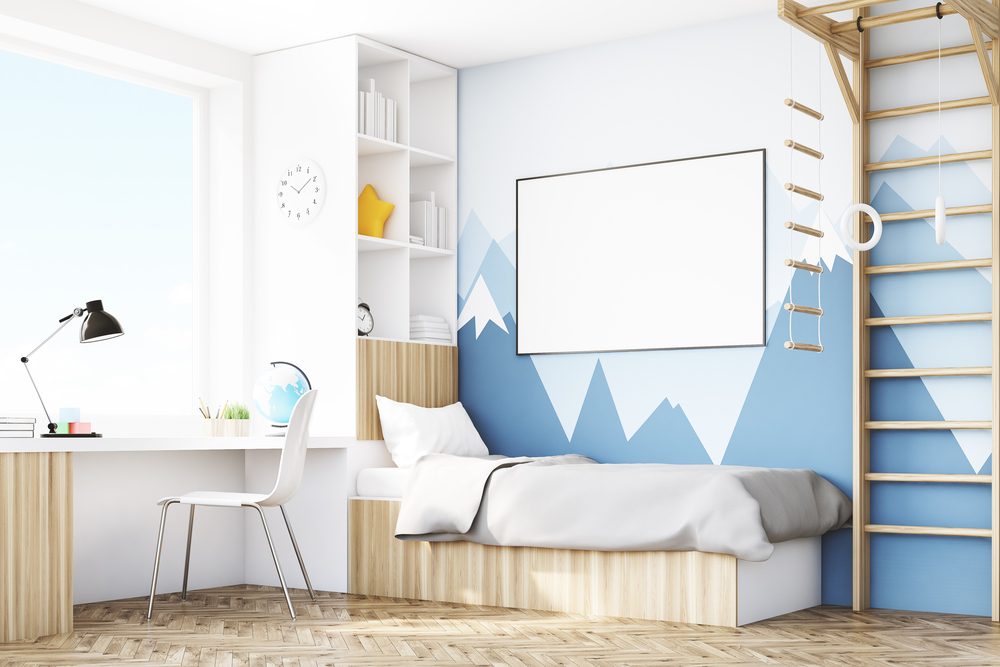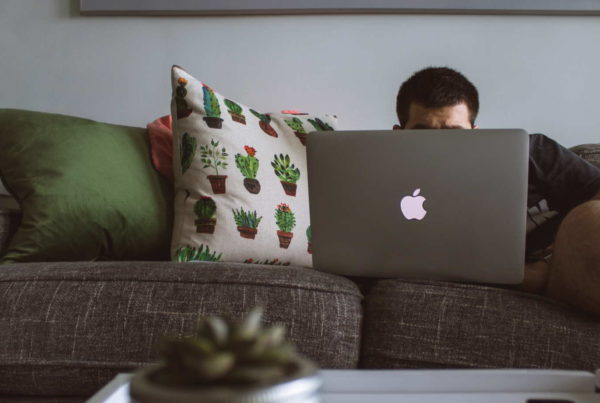Sensory issues often go hand in hand with an ASD diagnosis. This is the case for our son who struggles with both hyper and hypo-sensitivities to a wide range of stimuli.
Research has found that children with autism tend to respond positively to certain types of sensory inputs. For example, some find tight clothes calming while others have better focus while wearing headphones.
Sensory rooms provide a range of calming and stimulating sensory inputs that can help with behavior regulation. While most people assume that building a sensory room is expensive and time-consuming, it is extremely possible to achieve the same goal with a limited budget. The most important thing to do is identify a sensory experience that will work best for your child. Below is a list of Do It Yourself (DIY) ideas you can do to create a sensory room for your child.
Crashpad

This DIY solution is simple and easy to achieve. The crash pad involves taking a sizeable zip-up duvet cover and stuff it with different materials, including blankets, pillows, animals, and other big soft things. Zip the cover-up and allow your child to jump on it to crush it. The activity of jumping, crawling, pulling, climbing, or lifting weight is excellent for providing proprioceptive* input to the child.
Bean Bag
Bean bags create a incredible feeling of comfort and safety. In my opinion, the bean bag is an absolute must, plus it comes in variety of colors and sizes. I would recommend you purchase a bean bag with a thick and sturdy fabric. Should the bean bag break, it will result in an unfortunate mess!

Tactile Sensory Wall

Instead of designing a complicated wall that will require a contractor or electrician, create a textured wall or board on your own using items found within the house. I’ve come across walls with old CDs pasted to them with glue, which isn’t a horrible idea in concept (I don’t recommend using glue, for obvious reasons). Some autistic children like the feel of shiny objects that are smooth to the touch, and your tactile wall design can be as simple as this. Find items around your house that have different tactile feels to them and use two-sided tape to stick them to your child’s wall. When your child grows out of it or needs a change you can gently pull them off the wall without causing much damage.
Your sensory wall could also have the dual purpose of a tactile and climbing wall. If you want to transform it into a climbing wall, please use materials that provide more stability than glue or tape. Some trusty screws might be required in order to keep your little one safe.
Projector
There is a good reason why projectors are often used at children’s hospitals. Projectors can be incredibly affordable, and have an overwhelming soothing effect. I personally recommend opting for a projector with lots of blue light that are beach or ocean themed. Blues are known to have a calming effect on hyperactive brains. Avoid projectors that can create fear or confusion. For instance, jungle themed projectors sometimes have animal sounds that can potentially frighten your child.

Sensory Items from Amazon
You’ll need to do some additional research on the internet, but the list below should give you some ideas to get started. Order the items directly from a company like Amazon and have them delivered to your home. This will save you time since you won’t have to drive around to pick the items from the stores. Some of the items you will have in this room include swings and trampolines, which help enhance balance. Alternatively, you can place a rocking chair or an exercise ball in the room to serve the same purpose. Below are some of the supplies you will need to create such a space.
- Floor Mats
- Swing
- Tunnel
- Small Trampoline
- Black-out Blinds
- Sound System
Sensory and Autism Friendly Colors
Blues and Greens
Research shows that children, and children on the spectrum specifically, like muted tones of green and blue. These colors, unlike the rest, have shorter wavelengths compared to brighter colors, thus creating a lot of brain stimulation. This could decrease feelings of anxiety for some children.
Pastel Colors
These soft colors provide a calming sensation and a peaceful environment, thus ensuring the child’s safety whenever they are overstimulated. Moreover, these colors offer another benefit to the children such that the child becomes restful and sleeps well. You will realize that your child is calm during the morning hours.

Sensory Room Ideas On a Budget
Not every ASD child is alike. When you choose to look at all the available sensory options available, you need to pick what is right for your child. With a little research and creativity you can DIY many projects for your sensory room. For those items you really need to buy, I do recommend comparing expensive items found on Autism-specific stores for what is available from Amazon. If you’re willing to wait a few weeks, even cheaper items can be found on overseas e-commerce sites like AliExpress.
Getting started can sometimes be the hardest part. Below are three simple steps you can use to come up with ideas of your own for creating that special sensory space.
Identify Your Child’s Needs
This is always important and should be the first thing to think of before you start doing anything. Think about what your child loves the most and something they would want to avoid. For instance, you might notice that your child is always rocking the swing or touching everything around them; this is enough clue to let you know what your child needs. You can conclude that providing a sensory swing and some toys can be an excellent gift to your child. Alternatively, you can notice that your child avoids lights, different textures, and sometimes even sounds. This will give you an idea that your child might work best in a silent, peaceful, and low-light environment.
Develop a Sensory List
These are more affordable items that will help make a comfortable sensory room. Some of the things you will need include:
- Yoga ball
- Sensory bin
- Fidget toys
- Massage bag
- Sensory bottle
- Scooter board
These items vary in prices, and you can have some even going for more than $150. Depending on your budget and the simple DIY method you would want to use, you can get items that match your needs.
Take Action
Go through the list you have and slowly accumulate the items you need as your budget allows. Prepare the space you want to use by moving any furniture if necessary. Try to set up different areas in your available room. For instance, you can gather all the toys in a bin, hang the sensory swing away from other sensory toys and make sure to have some cushions place in front of it. As a result, you will have different zones in the same room where your child can explore and relax without becoming overstimulated.
As a parent or a guardian to an autistic child, you play a central role in your child’s learning. Individuals with autism have needs that can be met using sensory stimulations, and one way to achieve this is by creating a sensory room. Most people think that building a sensory room is a complicated and expensive project but this is not the case. There is a broad spectrum of DIY ideas you can explore and still achieve your sensory goals provided that you identify your child’s sensory needs. You can make a lot of progress with just a little bit of research and planning!
Do you have any ideas or experience creating a sensory room for children? If so, leave a comment below and we’ll update the article!




